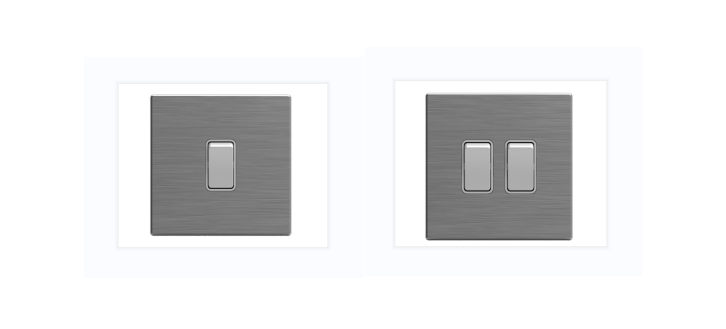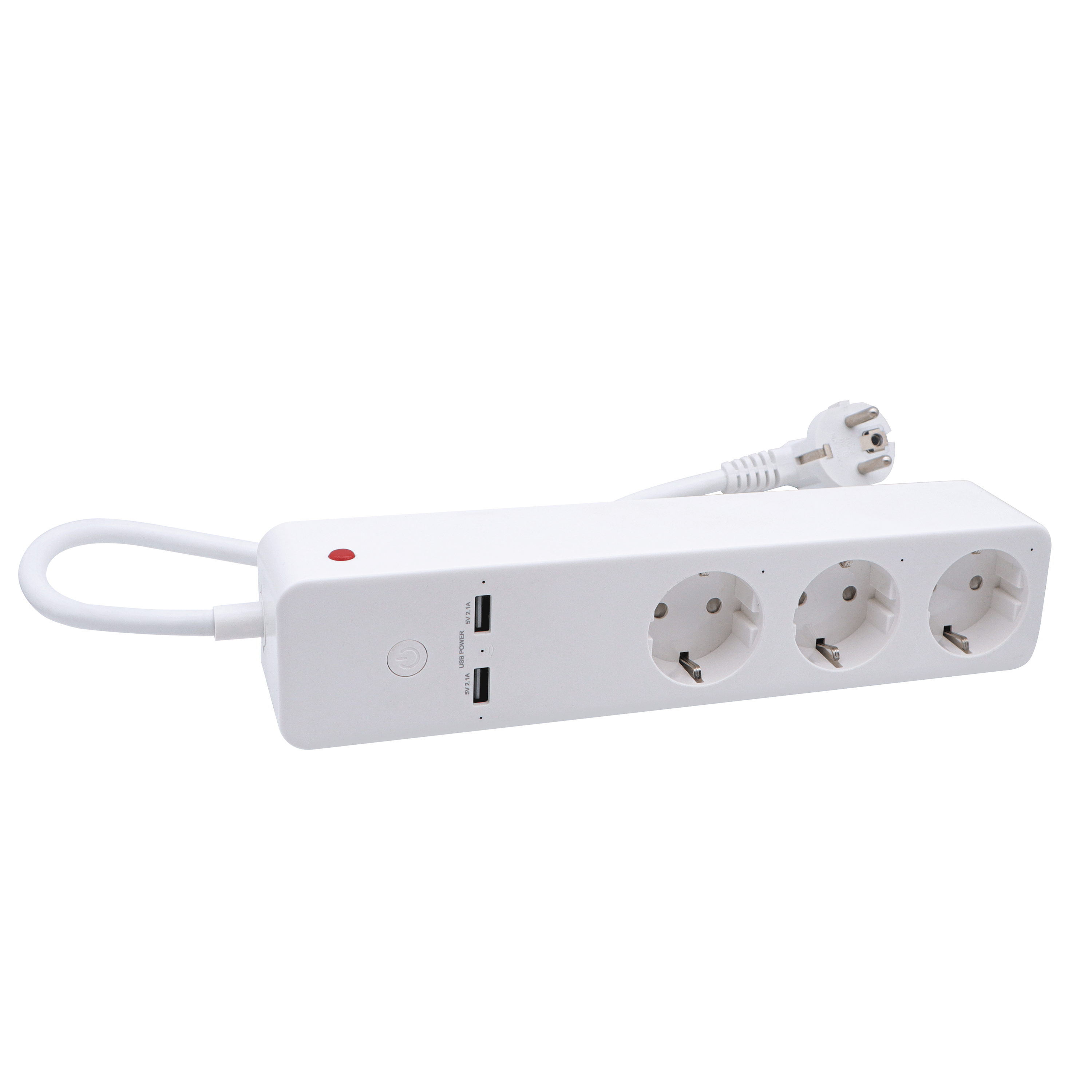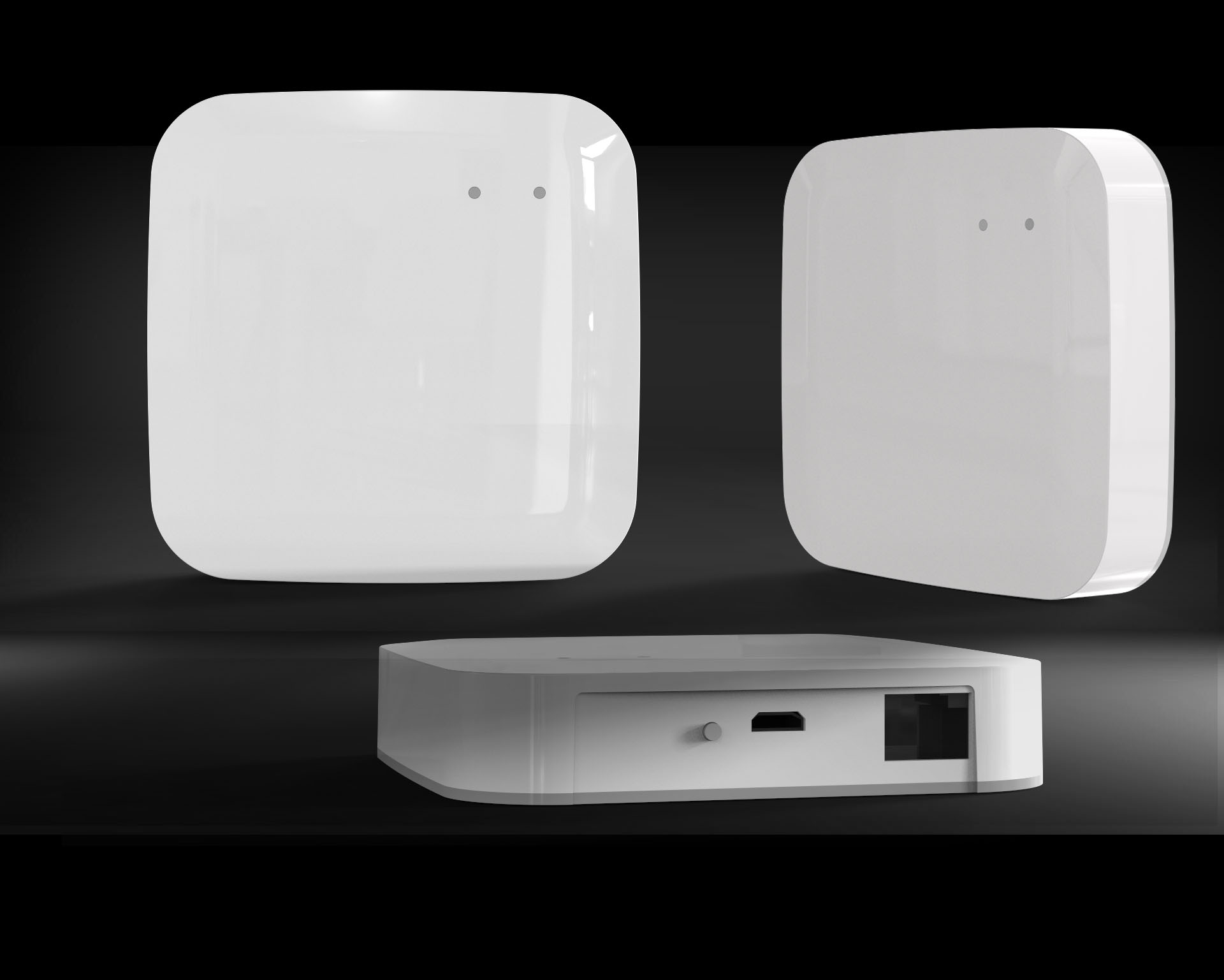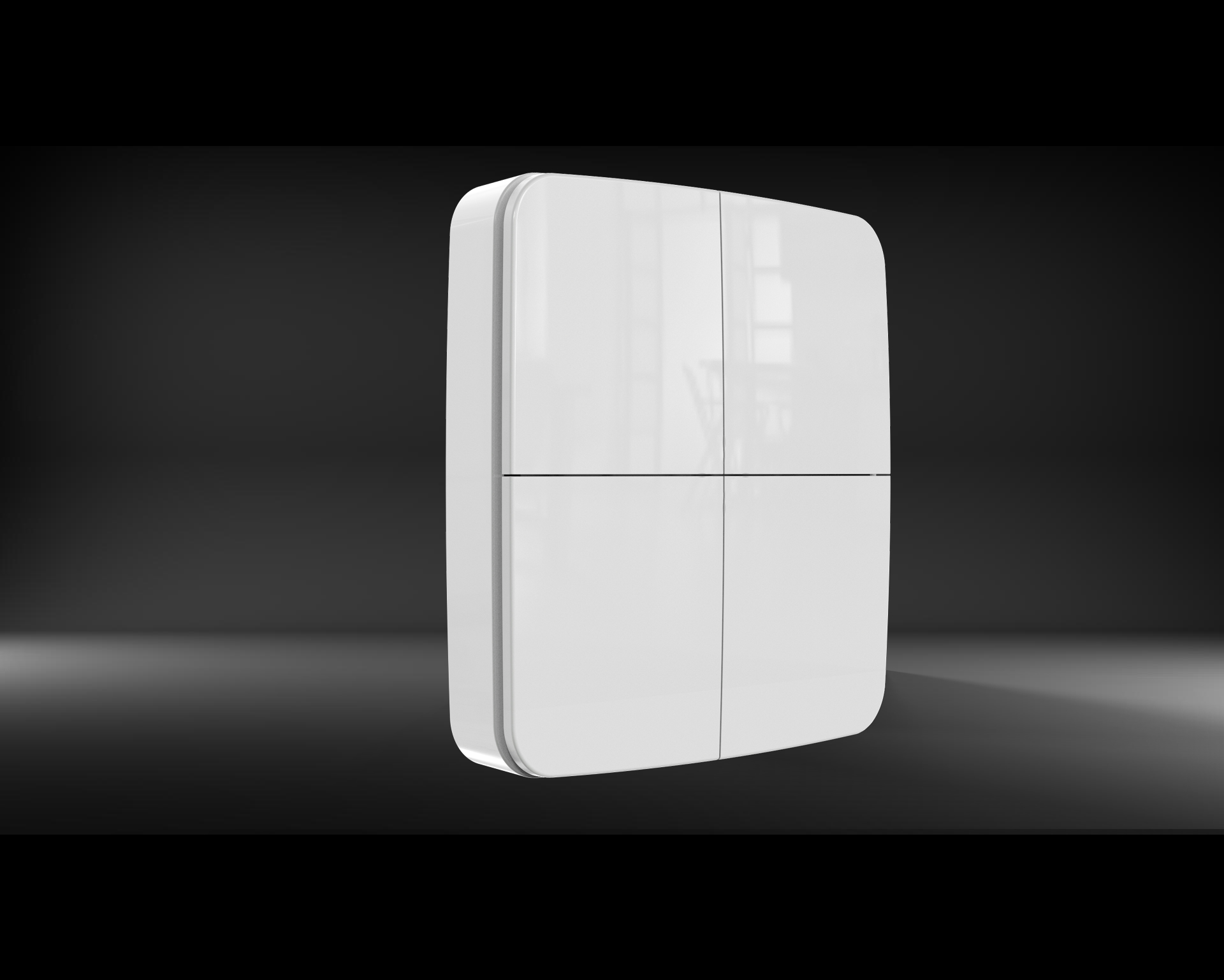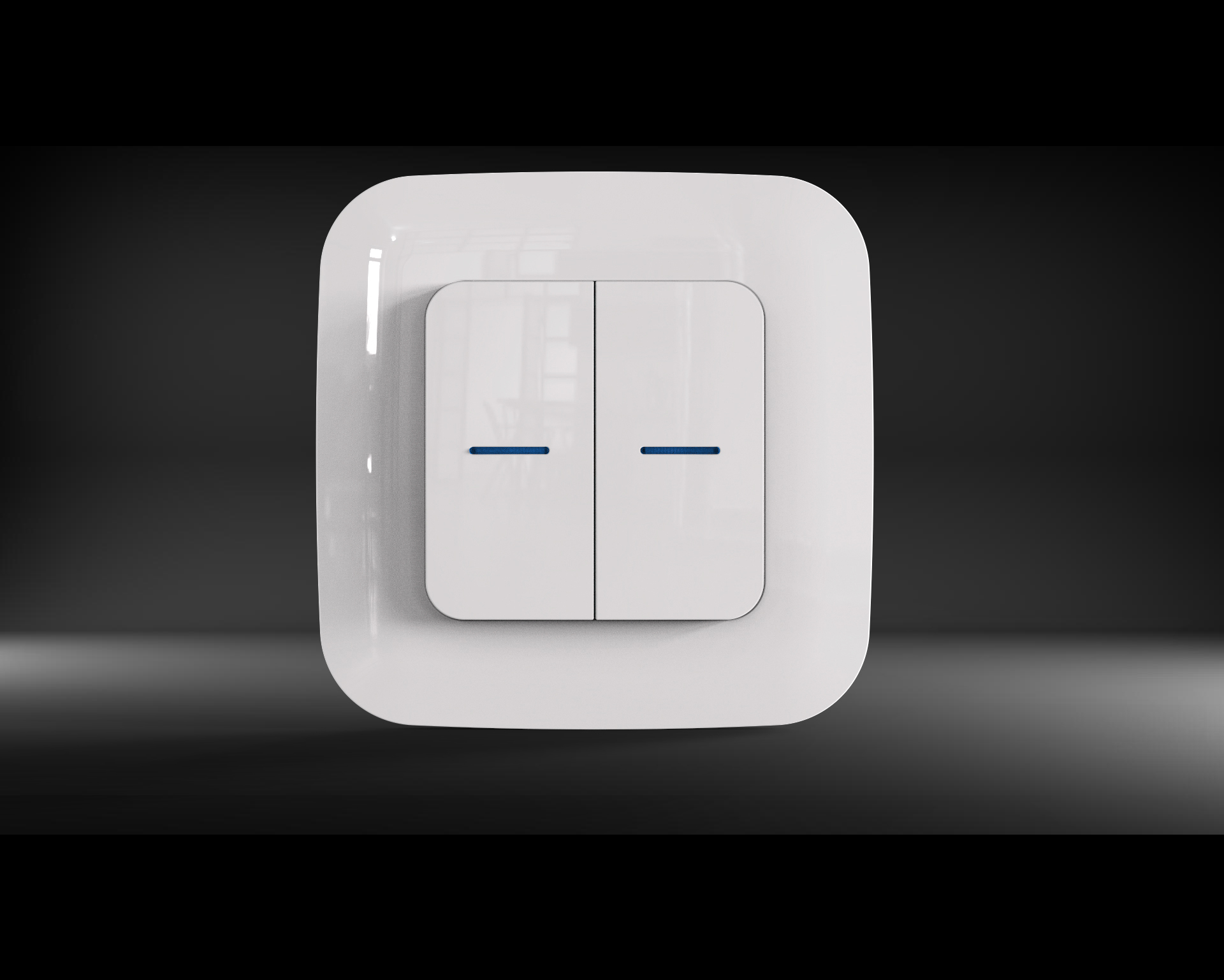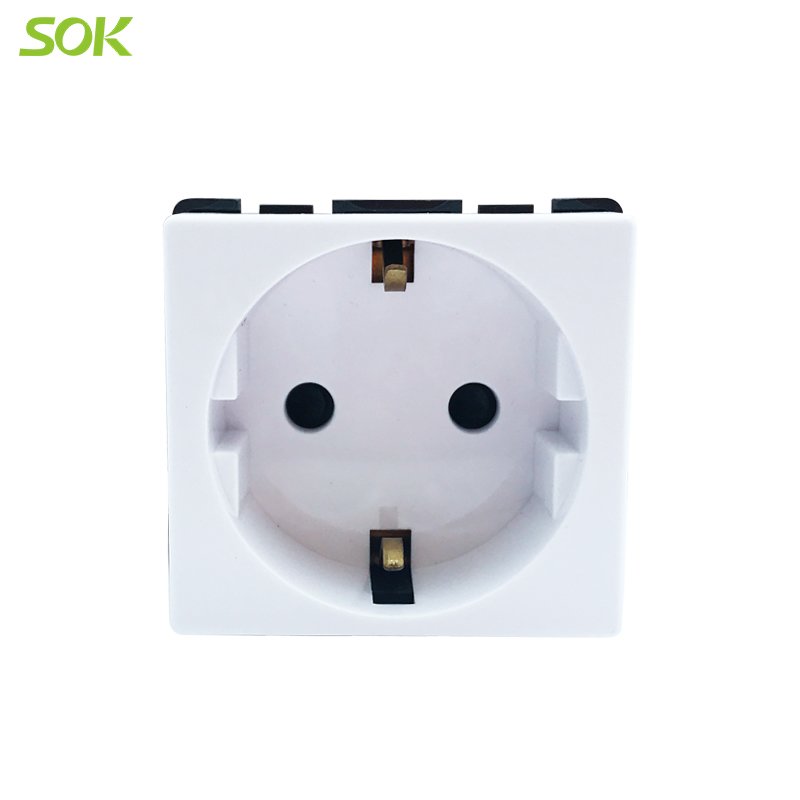Switches are an essential component of electrical circuits, allowing us to control the flow of electricity to various devices and appliances.
When it comes to switches, you may have heard the terms "single-pole" and "double-pole." These terms refer to different types of switches that serve specific purposes in electrical systems. I think it is necessary for you to know the differences between single-pole and double-pole switches and understand their applications.
Single-Pole Switch
A single-pole switch, often abbreviated as SPST (Single-Pole, Single-Throw), is the most common type of switch found in residential and commercial settings.
It is a simple on/off switch that controls the power to a single circuit. A single-pole switch has two terminals, commonly referred to as "common" and "traveler" or "line" and "load."
When the switch is in the "ON" position, the common terminal is connected to the traveler or load terminal, allowing the flow of electricity. Conversely, when the switch is in the "OFF" position, the connection between the common and traveler terminals is broken, interrupting the flow of electricity.

Double-Pole Switch
A double-pole switch, also known as DPST (Double-Pole, Single-Throw), is a more robust switch that controls two separate circuits simultaneously. It consists of four terminals, with two sets of "common" and "traveler" terminals.
The double-pole switch functions in a similar manner to the single-pole switch but has the ability to interrupt power to two separate circuits at once. When the switch is in the "ON" position, both sets of common and traveler terminals are connected, allowing electricity to flow through both circuits. In the "OFF" position, power is cut off from both circuits.

Applications of These Two Types of Switch
Single-Pole Switches
Single-pole switches are relatively straightforward and cost-effective, making them suitable for general lighting control. Single-pole switches are commonly used in residential and commercial buildings for controlling lighting fixtures, outlets, and other devices where a single circuit needs to be controlled.
They are often found in rooms where a single switch can conveniently control the lighting, such as bedrooms, living rooms, and hallways.
Double-Pole Switches
On the other hand, double-pole switches are employed in situations that require the simultaneous control of two independent circuits. These switches are typically used for appliances and devices that demand higher power consumption.
By employing a double-pole switch, these appliances can be easily turned on or off while ensuring the safety and reliability of the electrical system. For instance, electric stoves, water heaters, and air conditioners often utilize double-pole switches due to their ability to handle larger electrical loads.
Safety Considerations
When working with electrical switches, it is crucial to prioritize safety. Here are some essential safety considerations to keep in mind:
● Always turn off the power supply
● Use appropriate switch ratings
● Seek professional assistance
● Follow local electrical codes
By adhering to these safety guidelines, you can mitigate the risks associated with electrical work and ensure the well-being of yourself and others.
In conclusion, single-pole switches are ideal for controlling a single circuit, such as lighting fixtures, while double-pole switches are designed to handle two independent circuits simultaneously, typically used for higher-power appliances.
Understanding the differences between single-pole and double-pole switches can help you make informed decisions when it comes to electrical installations or modifications. By choosing the appropriate switch and following safety protocols, you can maintain a safe and efficient electrical system in your home or workplace.
